Driving in Costa Rica is an adrenaline rush!
The roads are windy, the view is spectacular, and the obstacles, many. In the city there are lots of crazy drivers to watch out for, and out in the country there are potholes to dodge and rivers to cross. Don’t let me discourage you though, it’s lots of fun too! The scenery is always beautiful, and often you can spot monkeys in the trees.
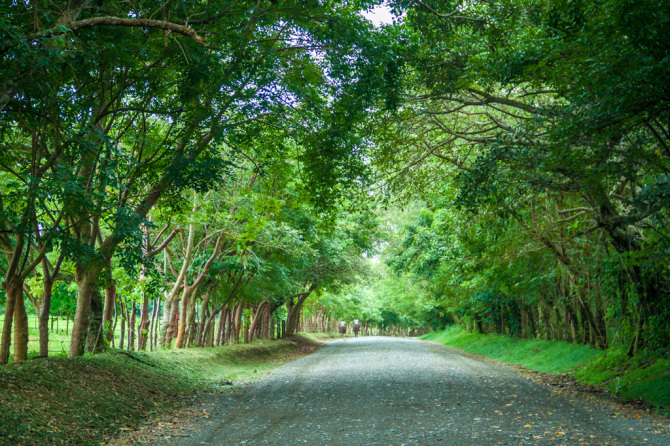
Renting a car and driving in Costa Rica are pretty similar to the US, but the rest of the people around you are what you need to worry about – and the road! People in Costa Rica drive like they’re crazy and their car is on fire!
Here are 8 tips that’ll help you survive your driving experience in Costa Rica!
Drivers’ License in Costa Rica
As a tourist, your current license from your home country allows you to legally drive in Costa Rica as long as your visa stamp is good for, so nothing extra to do or bring. Yes! One thing that is easy at least! Just be sure to have your home driver’s license, passport, and visa stamp with you when you’re driving.
Gas Prices
Gas is around $5.50/gallon throughout the country, but expect much lower gas mileage from all the hills and stop-n-go driving. The gas station attendants will pump your gas, so don’t even worry about getting out of the car. Just tell them 10 mil de super (10,000 colónes worth of the high octane gas) or however much you want them to put in. If you want it full, just say llena de super – “yena.” High octane gas usually costs only 5 cents more per gallon, and helps give more power on the hills.
Driving Laws in Costa Rica
The driving laws are similar to most other countries, so stay on your guard. They have the same laws about speed limits, seat belts, passing other cars, etc. Most people don’t pay attention to a lot of the laws because the police aren’t usually out in small towns. The ticket fines are pretty steep, but rarely enforced.
The police are generally pretty lazy, and can be seen checking their phones more often than looking for people breaking the law. Usually they just stop all the cars on a road to look in each vehicle for anything suspicious. Sometimes they are waiting behind a big truck on the side of the road with a radar gun, so watch out!
If you do have a run-in with the police, just act ignorant and tell them you’re a tourist. They don’t want the tourists to get upset and leave the country, so this is probably your best card to play!
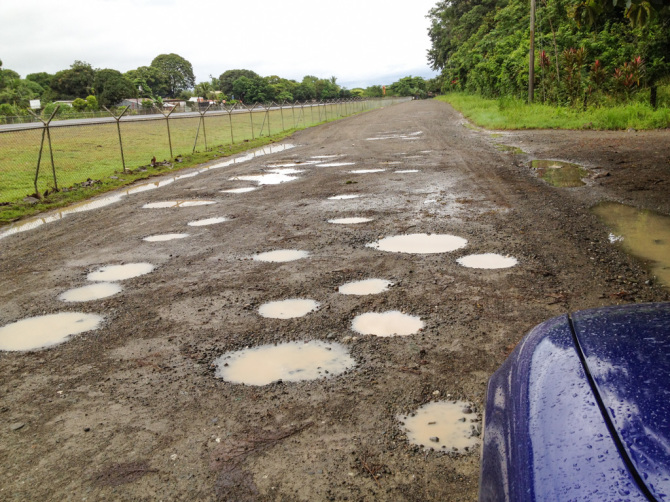
Driving in Costa Rica at Night
Driving at night is 5 times more difficult and dangerous than driving in the daytime, so avoid it if you can.
Most city roads don’t have streetlights, so hope you have good headlights. When it’s raining, the lights from the other cars cause a bad glare and make it difficult to see which lane everyone is in.
The potholes are hidden, especially when it’s raining – a good one can ruin your trip real quick!
Night is the prime time for robberies, so if you stop at a stoplight or break down you’re much more vulnerable than in the daytime. Remember to lock your doors day or night when you’re driving!
One Way Streets
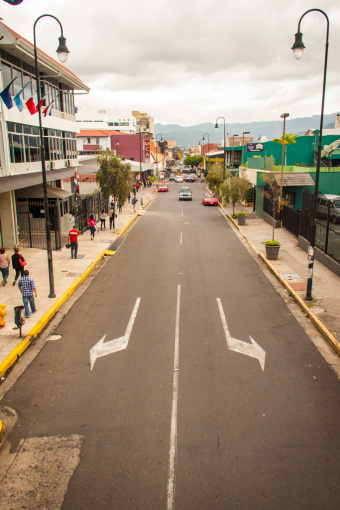
Every city in Costa Rica is filled with one-way streets, and they’re tricky! Sometimes a stop sign has arrows under it telling you if it’s a one way street, but often times it’s not easy to tell.
The sign to watch out for says Una Via or No Hay Paso – like “Do Not Enter” if it’s a one-way road. The problem is, the sign is usually too far along and you’re already going the wrong way once you see it. Keep an eye out for them and follow the other cars to stay out of trouble!
Narrow Bridges
Bridges in Costa Rica range from moderately bumpy to super precarious and narrow. Some bridges in the country are the “economy” type and only have a place for the tires to go! Tell your passengers to shut their eyes when you cross these ones… They are difficult to cross in the daytime, and almost impossible at night! Some places don’t even have bridges!
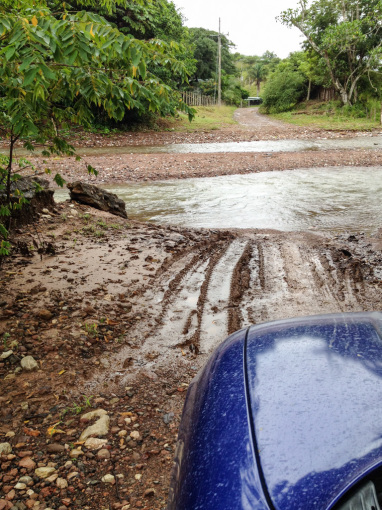
Usually they’re not that bad, but don’t text and drive when you’re crossing one.
Some one-way bridges give the right of way to the traffic in one direction and have a Ceda – Yield sign for the other direction. Don’t assume the other traffic will always give you the right of way – especially buses!
San Jose Rotating Car Ban
San Jose has a rotating ban on cars during rush hour traffic, trying to encourage people to take the bus once a week. The ban restricts cars with certain license plate numbers from entering the downtown portion of San Jose, around and inside the Circumvalacion road, from 6am to 7pm, Monday thru Friday. Cars with a license plate that ends in the number:
1 or 2 – banned on Monday
3 or 4 – banned on Tuesday
5 or 6 – banned on Wednesday
7 or 8 – banned on Thursday
9 or 0 – banned on Friday
The ban also applies to rental cars, so be careful if you have to drive through San Jose on a weekday
Have Fun!
Driving in Costa Rica can be a bit intense, but remember to laugh at the crazy drivers rather than get angry with them! I hope these 8 tips for safely driving in Costa Rica come in handy! Need some ideas of where to head? Check out our itinerary!
Ever driven in Costa Rica? Leave a comment with your craziest driving story!


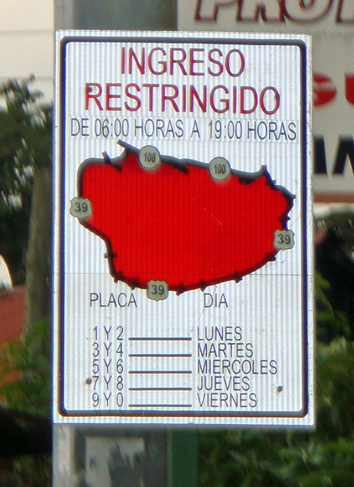


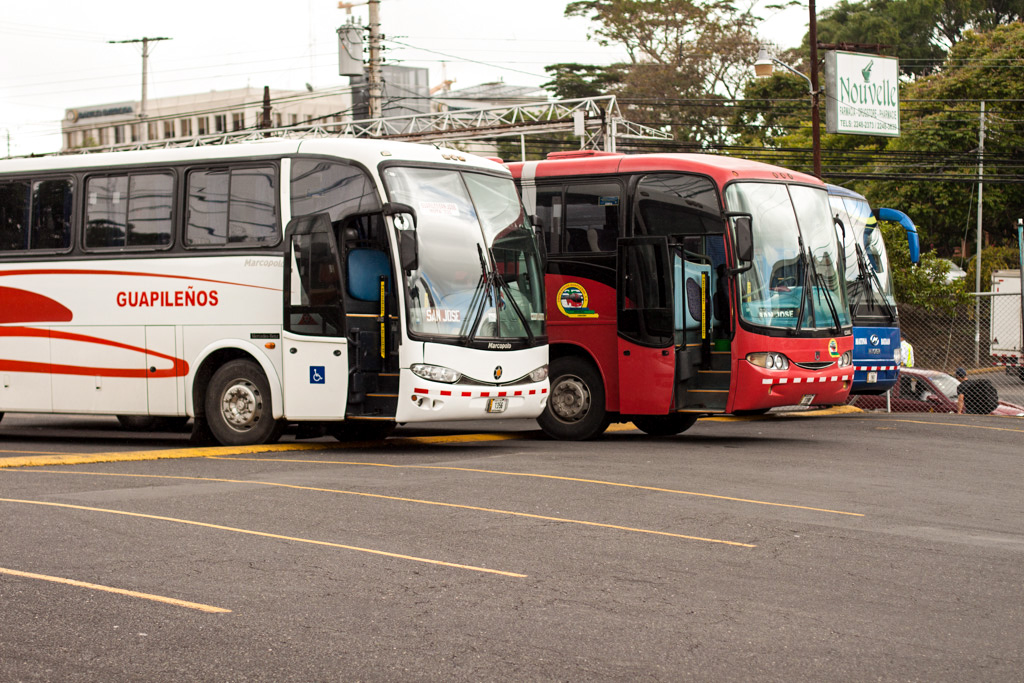
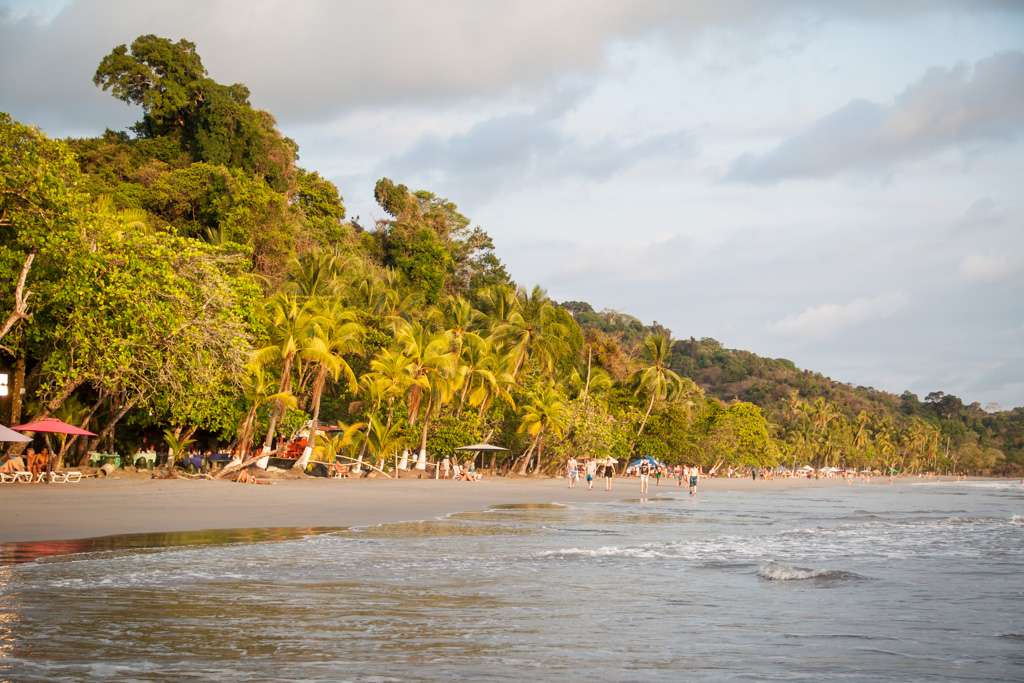
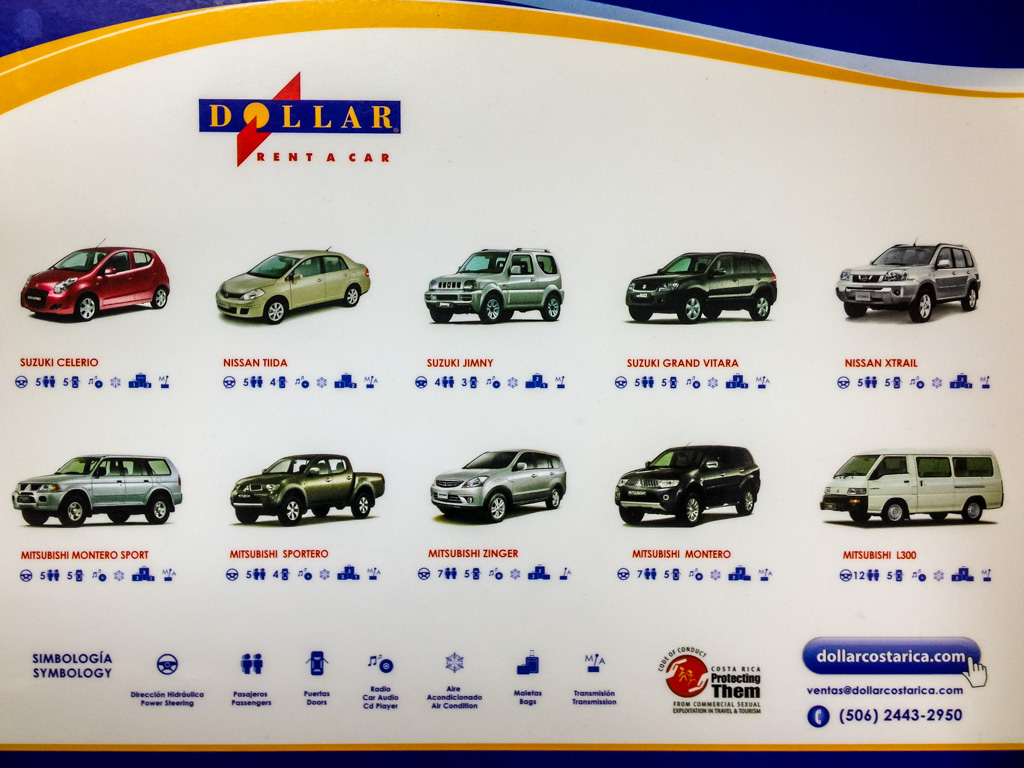
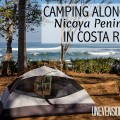
Now I can’t wait for my Costa Rica trip!
Someone named Gene once told me that if you drive fast enough you don’t hit the bottom of the potholes
Haha, he’s right! We’ve tested the theory extensively here! The only problem is when you come across a “tire-eater” pothole – don’t hit those or you’ll need more than a spare tire to get back home.
I agree that driving at night is dangerous. People can usually avoid potholes during the day but it’s almost impossible at night. I’m sure all sorts of accidents have resulted from that alone.
It’s especially bad at night when it’s raining because the holes fill up with water and it looks just like a normal road!